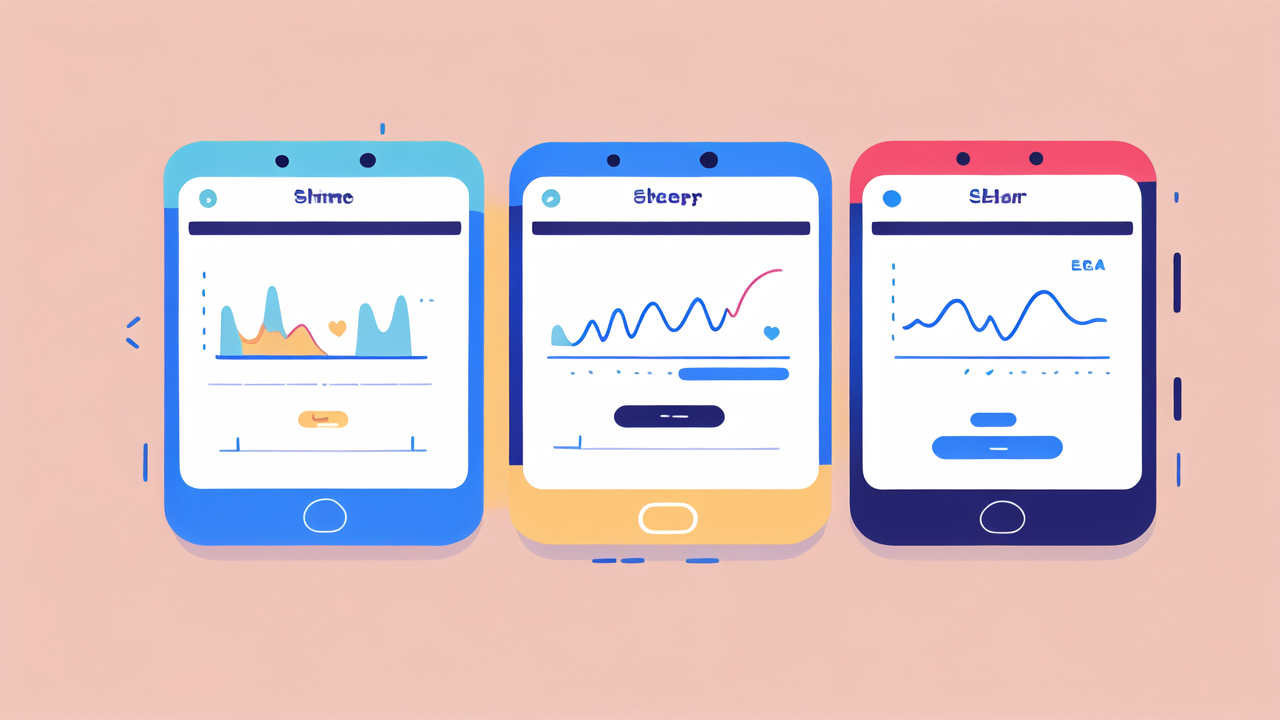Introduction to Fila's Smart Watch and Body Measurement Tracking Technologies
The Evolution of Fila in the Athletic Wear Market
Fila has come a long way since its humble beginnings in Italy. The brand has grown from a small textile business to a global sportswear giant. In recent years, Fila has expanded its product line to include smart watches. This move shows Fila's commitment to staying relevant in the ever-changing athletic wear market.

Fila's journey into the tech world is a big step. It marks a shift from just making clothes to creating smart gear for athletes. This change reflects the growing demand for wearable tech in sports. Fila's smart watch is their answer to this trend. It combines Fila's sports expertise with modern technology.
Understanding Smart Watches and Their Capabilities
Smart watches have become popular fitness tools. They offer many features that help users track their health and fitness. These devices can monitor heart rate, count steps, and measure sleep quality. Some even have GPS for tracking outdoor activities.
Smart watches also provide real-time data. This allows users to adjust their workouts on the spot. Many can sync with smartphones, showing notifications and calls. Some advanced models can even measure blood oxygen levels and detect falls.
These features make smart watches useful for both casual users and serious athletes. They offer a convenient way to track fitness goals and overall health. As technology improves, smart watches are becoming more accurate and feature-rich.
Advantages of Traditional Body Measurement Tracking
While smart watches are trendy, traditional methods still have their place. These include tools like calipers, tape measures, and body fat scales. These methods often provide more specific data about body composition.
Traditional tools can be more accurate for certain measurements. For example, calipers give precise skin fold measurements. This helps in calculating body fat percentage. Tape measures are still the go-to for tracking specific body part changes.
Many athletes and trainers prefer these methods for their simplicity and reliability. They don't rely on batteries or complex algorithms. This makes them less prone to technical issues. Traditional methods also tend to be more affordable and accessible to everyone.
Analyzing the Effectiveness of Fila's Smart Watch for Fitness Tracking
Key Features of Fila's Smart Watch for Athletes
Fila's smart watch is designed with athletes in mind. It offers a range of features to help users track their fitness journey. The watch includes a heart rate monitor for real-time tracking during workouts. It also counts steps and calculates calories burned throughout the day.

One standout feature is its water resistance. This makes it suitable for swimmers and other water sports enthusiasts. The watch also has a built-in GPS, allowing users to track their routes and distances accurately.
Fila's smart watch offers customizable workout modes. Users can choose from options like running, cycling, and strength training. The watch then provides specific data for each activity. It also includes sleep tracking to help users monitor their rest and recovery.
How Fila's Smart Watch Compares with Traditional Methods
Fila's smart watch offers convenience that traditional methods can't match. It provides continuous tracking without the need for manual measurements. This makes it easier for users to monitor their progress over time.
However, traditional methods still have some advantages. They often provide more detailed body composition data. For instance, calipers can measure body fat at specific sites. This level of detail isn't possible with a wrist-worn device.
In terms of accuracy, results can vary. Smart watches are generally good at tracking heart rate and step counts. But they may not be as precise for more complex measurements. Traditional methods, when used correctly, can offer more accurate body fat and muscle mass data.
Consumer Perspectives on Fila's Smart Watch in the United States
American consumers have shown interest in Fila's smart watch. Many appreciate its blend of style and function. The Fila brand name adds a fashion element that some tech-focused brands lack. This makes it appealing to those who want a fitness tracker that also looks good.
Users praise the watch's ease of use and comprehensive tracking features. Many find it helpful for setting and achieving fitness goals. The ability to track various activities is a big plus for those with diverse workout routines.
Some users have noted that the watch's accuracy can vary. This is a common issue with many smart watches. However, most agree that it provides useful data for general fitness tracking. The price point is also attractive to many, offering good value for the features provided.
Future Trends in Body Measurement Tracking for Athletes
Innovations in Smart Watch Technology and Their Impact
The future of smart watch technology looks promising. We can expect to see more advanced sensors in upcoming models. These may include features like continuous blood glucose monitoring and hydration tracking. Such innovations could provide more comprehensive health data.

Artificial intelligence is likely to play a bigger role in smart watches. This could lead to more personalized fitness recommendations. AI might analyze user data to suggest optimal workout times or recovery periods. It could also help in early detection of health issues.
Battery life is another area of focus for future smart watches. Longer-lasting batteries would allow for more continuous tracking. This could provide more accurate long-term data on user health and fitness patterns.
Predicting the Next Big Thing in Athletic Wearables
The next wave of athletic wearables might go beyond wrist-worn devices. We could see smart clothing with built-in sensors becoming more common. These could provide more accurate body measurements and movement analysis.
Augmented reality (AR) could be integrated into future wearables. This might allow athletes to see real-time performance data overlaid on their field of vision. It could revolutionize how athletes train and compete.
Biometric authentication might become a standard feature. This could allow wearables to securely store medical information. It might also enable features like contactless payments for a more seamless user experience.
The Role of Data Analytics in Advancing Body Measurement Tracking
Data analytics will play a crucial role in the future of body measurement tracking. As devices collect more data, advanced analytics will help make sense of it all. This could lead to more accurate predictions of health trends and fitness outcomes.
Machine learning algorithms could identify patterns in user data. This might help in early detection of potential health issues. It could also provide more personalized fitness and nutrition recommendations.
Big data analytics might allow for population-level insights. This could help in understanding broader health trends. It might also aid in developing more effective public health strategies. As always, privacy concerns will need to be carefully addressed in these developments.




Leave a comment
This site is protected by hCaptcha and the hCaptcha Privacy Policy and Terms of Service apply.